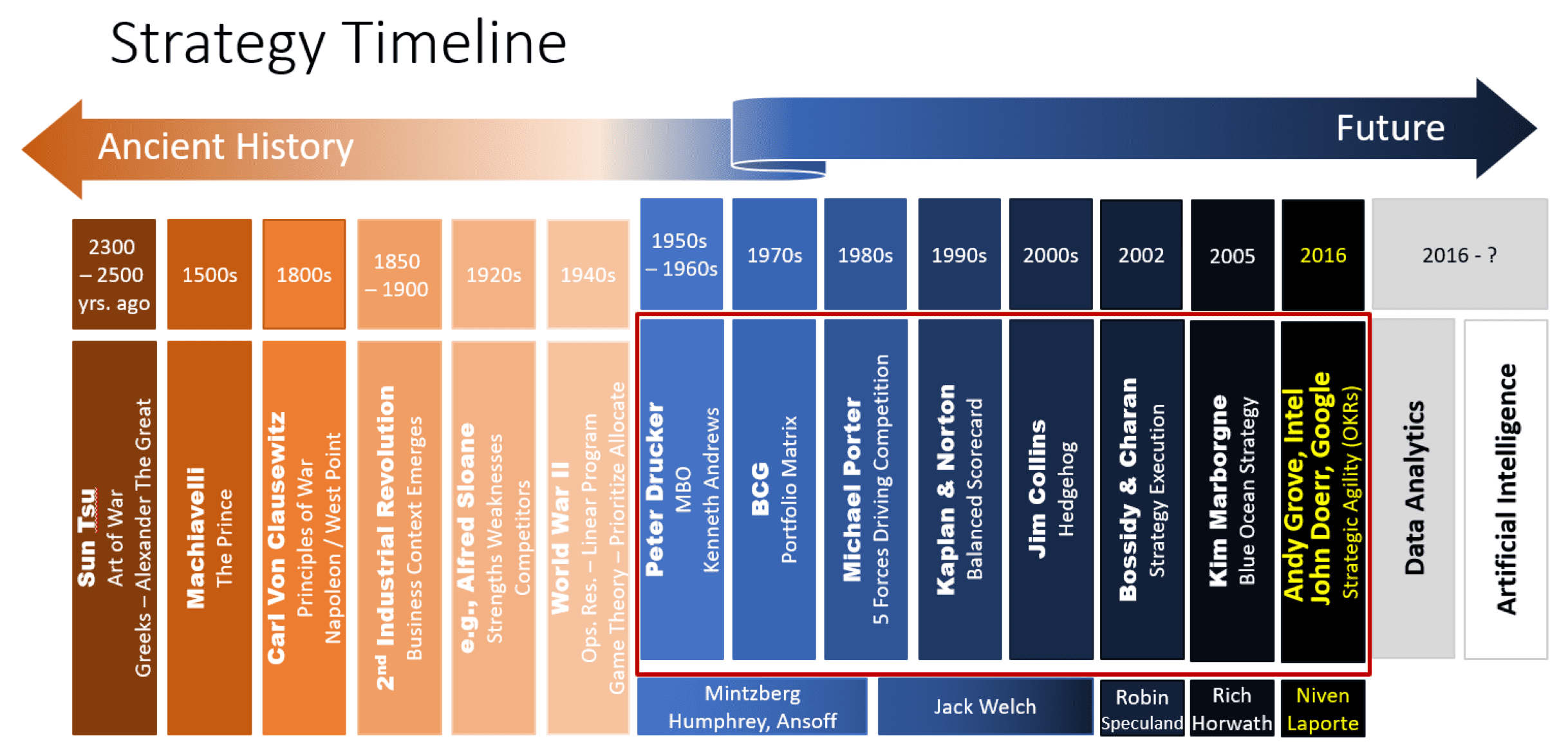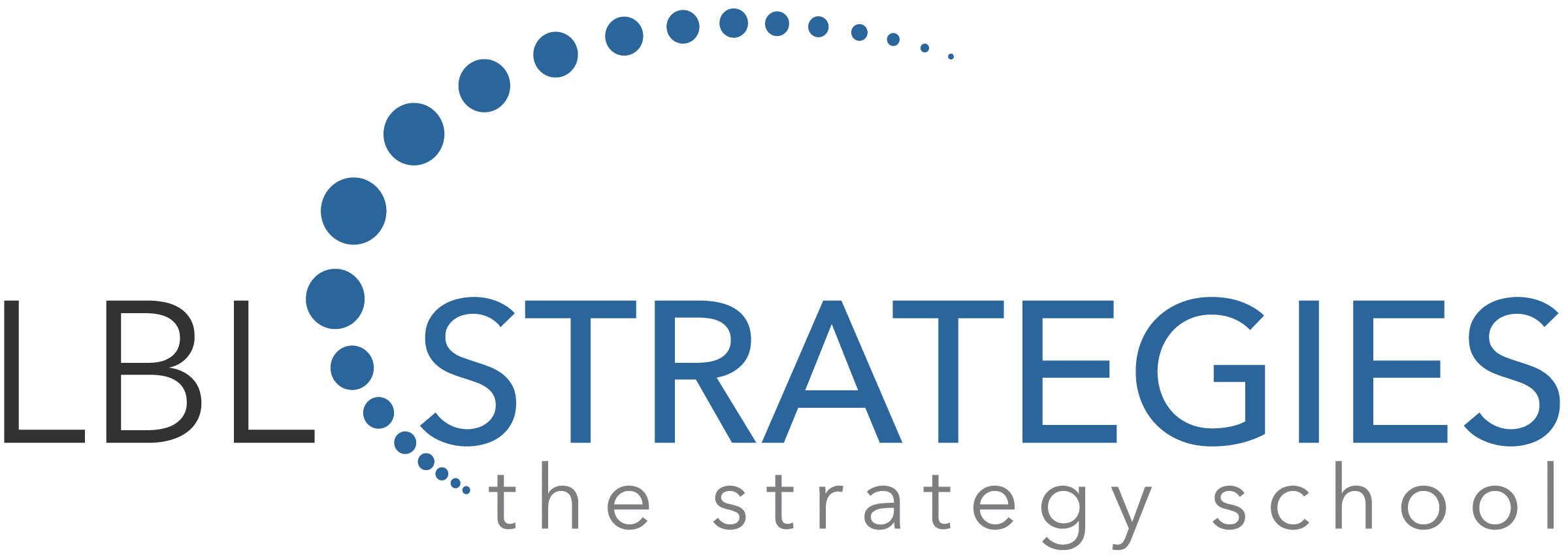We all know the routine. A leadership team comes together to formulate strategy, then armed with the best of intentions, assign business unit and functional teams to execute the initiatives they’ve chosen. Mission accomplished! Not so fast, often a gap between understanding and performance is experienced by those charged with implementing the initiatives flowing from the strategy. This gap invariably translates into unwanted costs, lost opportunities and, ultimately, failure to execute. And when failure at execution occurs, the lost value resulting is significant regardless of sector.
According to Project Management Institute, “30% of managers cite failure to coordinate across units as their greatest challenge to executing their company’s strategy.” Harvard Business Review did a survey a few years ago and concluded that “Only 9% of companies are rated excellent at execution.” Quoted in Bossidy and Charan’s book Execution: The Discipline of Getting Things Done, “70% of strategic failures are due to poor execution of leadership.”
Strategic planning and management practitioners, consultants and academicians share a strong interest in mitigating problems that arise when a well-planned strategy fails at execution. In fact, many other professionals share our identical interest and concerns when strategy fails. Think of the implications when a high profile strategic alliance fails, or a major cross-functional initiative goes up in smoke because those charged with implementing the initiative lose track of the original rationale for the initiative and its intended outcomes.
Over the past 3 ½ decades our team at LBL Strategies has had a front row seat observing the full power of strategy management and power failures including strategy execution gaps that too often occur. Early on our focus was on strategy formulation, piecing together the collective developments along strategy’s timeline, especially Peter Drucker’s ground-breaking work regarding “Management by Objectives”. Then the insights of Michael Porter took center stage and then the concepts of “Core Competency” and “Blue Ocean Strategy” grabbed the spotlight, and so it has gone since the time of Sun Tzu. (See Table 1: Partial Strategy Timeline)

Each successive development along strategic planning and management’s timeline has moved the strategy management field forward. More recently, however, the emerging discipline of strategy execution has evolved. Now many organizations are incorporating agility into their management culture via OKRs (Objective & Key Results). From a strategy execution perspective, the goal of increased agility is for organizations to learn and adapt quickly as disruption impacts their chosen strategy. Our experience here tells us there is much to be gained when organizations make a conscious decision to become more agile and engaged.
We’ve been fortunate of late to play a leadership role in planning the IASP 2018 Conference entitled “Bridging the Strategy Execution Gap.” As part of our work in planning the conference, we’ve had the opportunity to work with many other IASP, PMI, ASAP and ATD colleagues to identify and review 90 plus submittals from potential program speakers. From this experience, we are recognizing an expanding range of important factors which must be addressed to bridge this gap. Here is some of what we’ve learned from them
- Often organizational strategy is not sufficiently customer centric, innovative, or broadly empowering and too many plans are heavy on formulation and too light on execution. (Mario Bagnanno) Many organizations are looking for a way to simplify the process. (Dan Montgomery)
- Strategy is not treated as a hypothesis to be tested but rather as a roadmap to be followed. (Mario Bagnanno) Too often leaders cannot shift their thinking from betting on one big strategy to advancing an agile portfolio of strategic options. (Chris Hafner) Pressure test assumptions under alternative scenarios. (Yvette Montero Salvitica)
- Document and communicate assumptions to drive strategy and execution in ways that inspires organization mid-level managers to value developing competency in collaboration as a strategy management skill they need and want. (Peter Grimm) When organizations approach collaboration as a management discipline success rates rise. (Norma Watenpaugh)
- Put aside biases and look beyond siloed concerns to maintain focus on the big picture, communicate effectively and champion cross-functional collaboration. (Cynthia Correia) Leadership is getting people to do what you want done, because they want to do it. (Barbara Trautlein) Communication is the currency of success. Embrace excellence in communication as a core value. (Beth Levine)
- Recognize the organization’s enterprise architecture framework is essential to effective strategic alignment and sustained strategy execution. Translate strategy through the organization’s business model and then prioritize execution based on the business model. (Sello Makhubela)
- Integrate the strategy, project management, risk management and research functions under a senior leader. (Joe Brownlee) While the disciplines of strategy and risk management are inherently related, failure to incorporate “Enterprise Risk Management” into the “Strategic Management Process” leads to poor decisions. (Kimberly Nesbitt) (John Bugalla)
- Failure to align an organization’s IT strategy with business strategy results in loss of competitive advantage. (Phil Weinzmer)
- Recognizing a fundamental requirement for effective execution is establishing and accepting “accountability”. (Gary Tomlinson) There is often an overlooked interplay of psychology (i.e. human behavior) and technology that can often be leveraged to overcome inertia. (Gail Stout Perry)
- Ensure predictable resources from the beginning so strategic initiatives can move forward quickly. (Michael Bender)
- Align with talent management and human resource management to effectively achieve desired business results (Tiffany Prince)
In closing, most of us scale a perpetual learning curve when it comes to strategy execution. Now is the time to listen. Our team here at LBL Strategies will be using the IASP 2018 conference as an opportunity to listen, learn and collaborate with fellow professionals from around the globe to continue building knowledge and understanding of what works and why. We invite you to join us in Chicago on May 9-11 for the 2018 IASP National Conference. Let’s listen and learn together.

